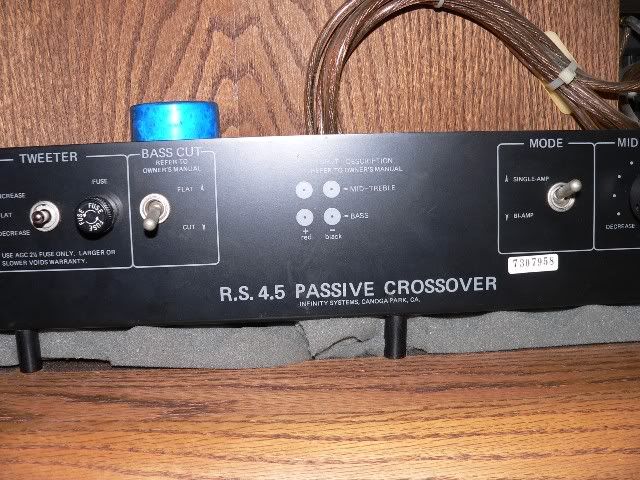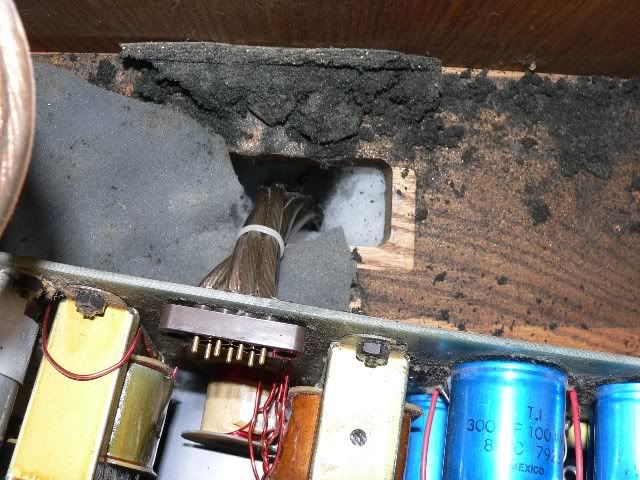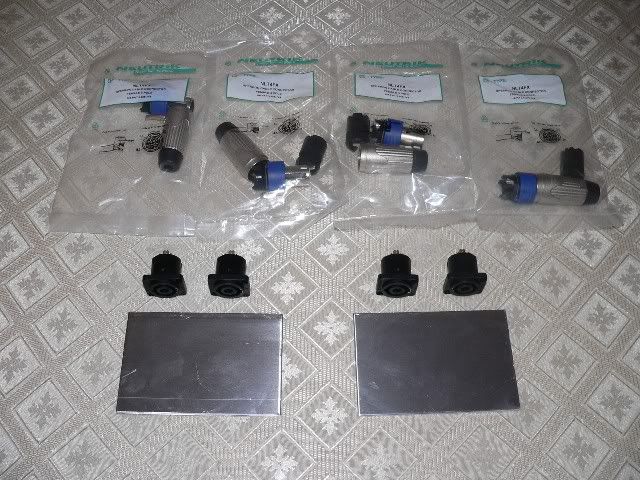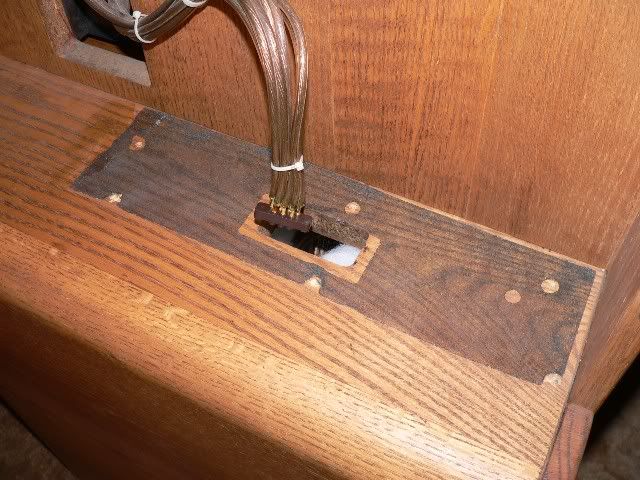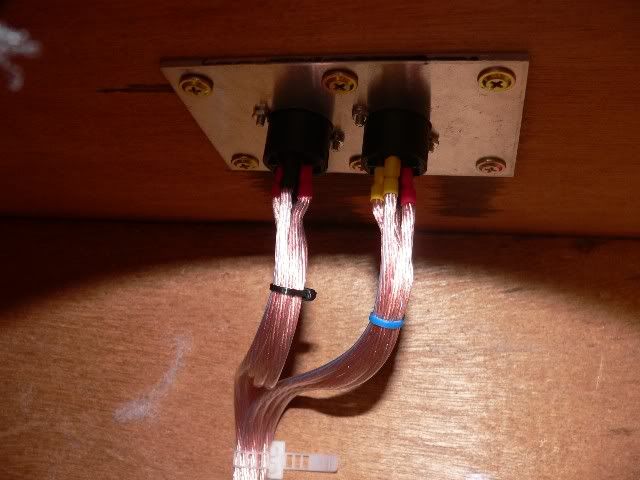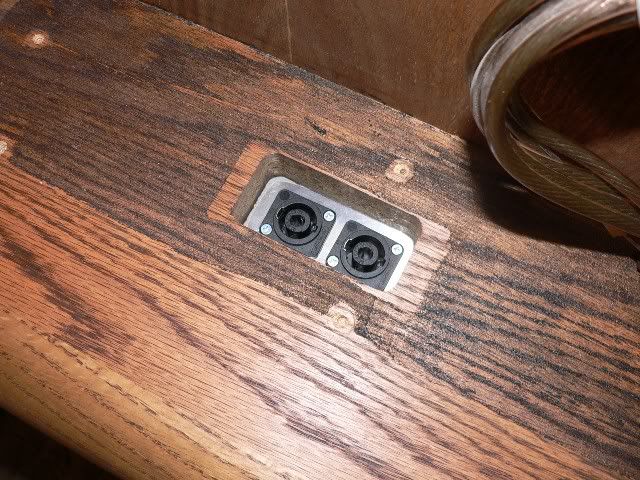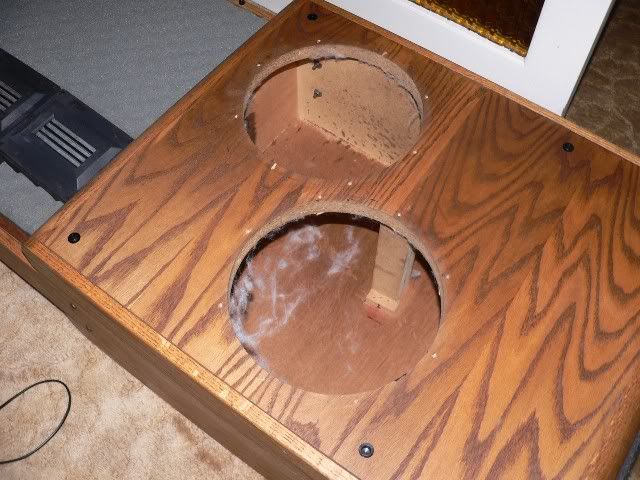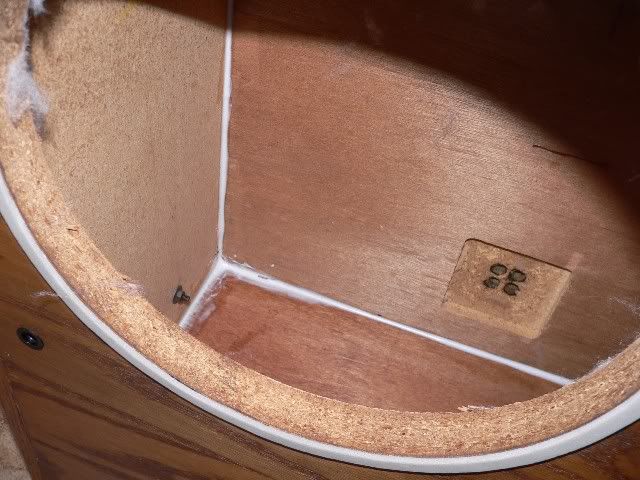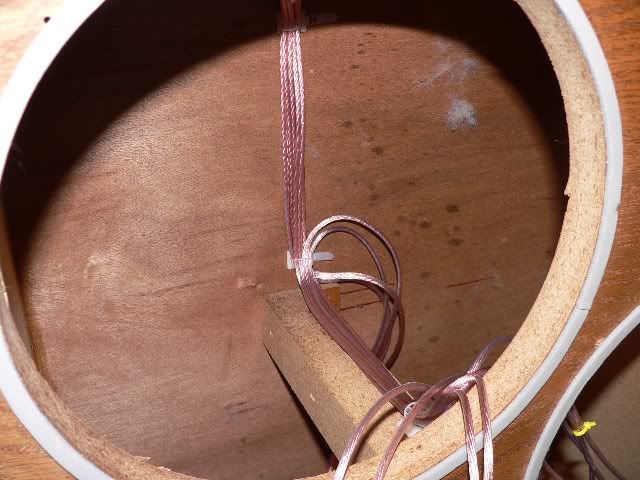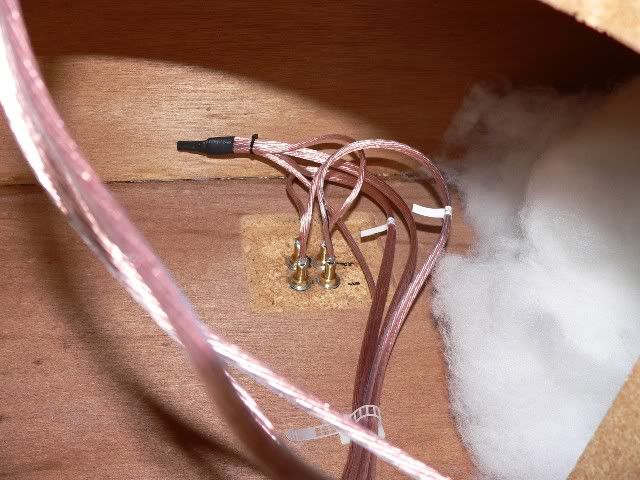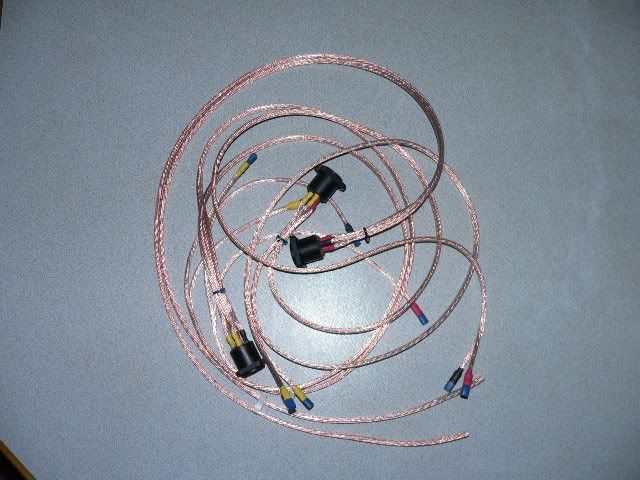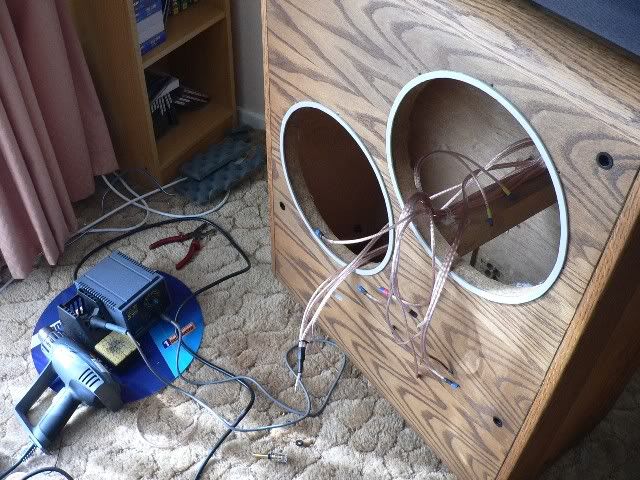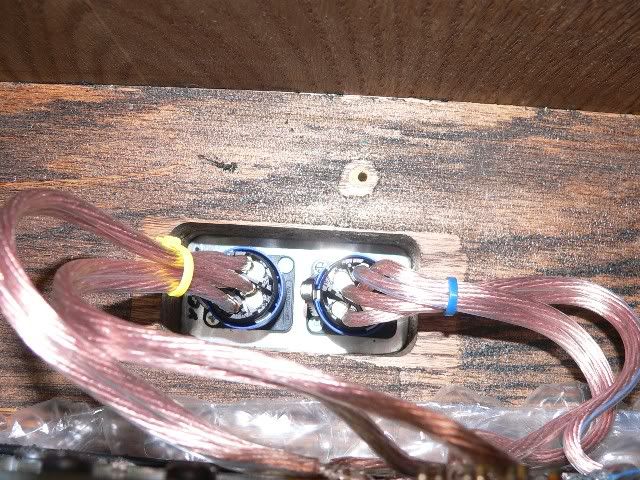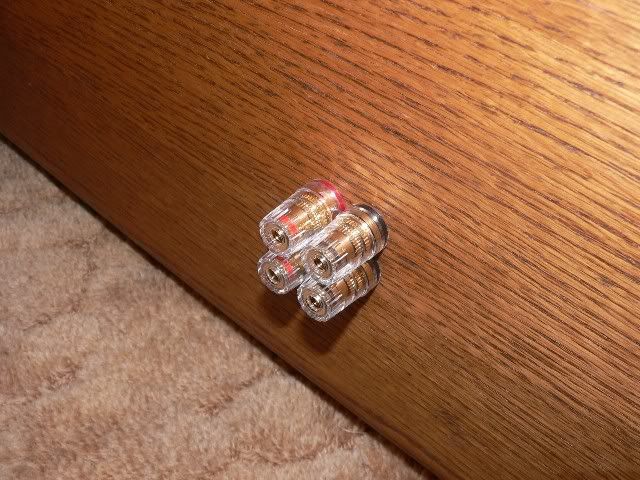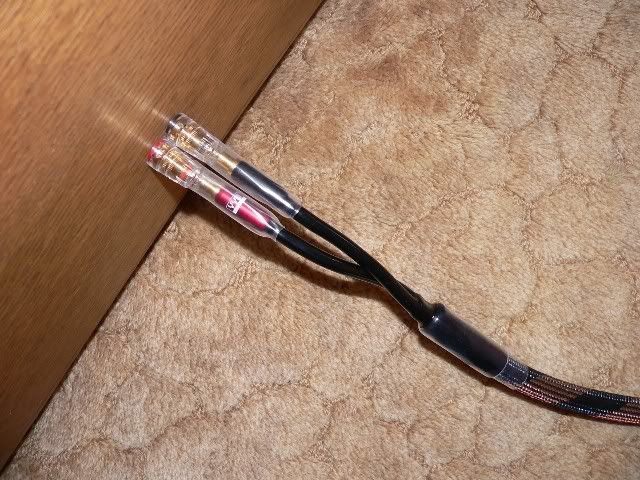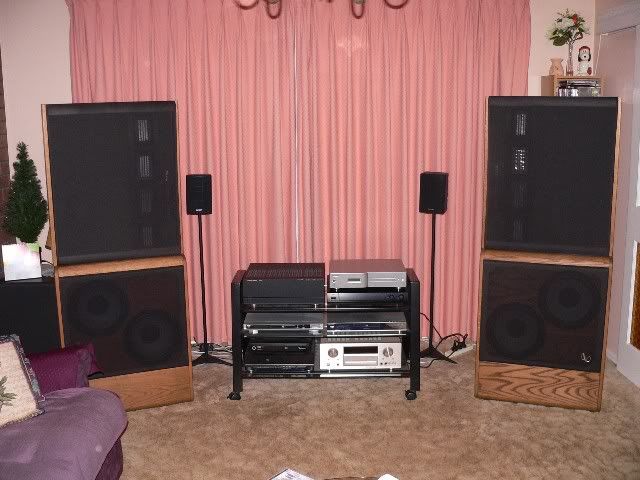rabbit
Well-Known Member
Owners of RS4.5's who have replaced the foam on their woofers may not be aware of another weakness in these speakers also related to foam rot. Please read on to find out what I discovered which adversely affected the bass performance and how I went about correcting it. (Also check my other thread on repairing dry joints on the crossover boards)
I recently acquired a pair of RS4.5's from the second owner of these speakers. These speakers had not seen much use over the years and most of the time had been put into storage because the original owner who bought these speakers in the late 70's early 80's had subsequently bought a set of RS-1's when they first came on the scene.
Of course over time the woofer foam surrounds had perished and all woofers had been refoamed. However the previous owner told me that he always thought they lacked bass so I took this into consideration when I got the speakers. I also noticed this lack of bass but sometimes this can be a room issue as well :scratch2:
Originally I suspected the large bipolar 2000 uF caps in the crossover may have gone low in value over time. First thing I did was to check the continuity of the voice coils on all of the woofers using an analog multimeter. Using the Rx1 range on the multimeter help me established that one of the Watkins 2 ohm voice coils on one of the woofers had been wired out of phase so that as one woofer pushed out the other pulled in. Needless to say this one speaker was never producing any deep bass at all :saywhat:
I unscrewed the offending woofer and noticed at one stage these speakers had been rewired with Monster Cable. Also the spade connectors terminating the wire had been soldered on rather than crimped on so when I went to reverse the woofer connections one of the spade connectors just fractured. I tried to re-terminate it and notice that when I stripped back the Monster cable the copper wire had oxidized considerably and I had to use a razor blade to scrape back to the bare copper. Things are not looking good here with this old cable :tears:
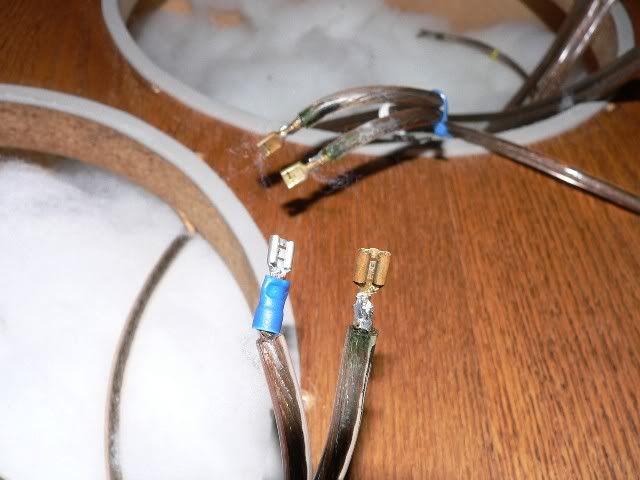
The old Monster cable had gone past it's use by date and had to be replaced because it had oxidized underneath the plastic sheath and could not be re-terminated.
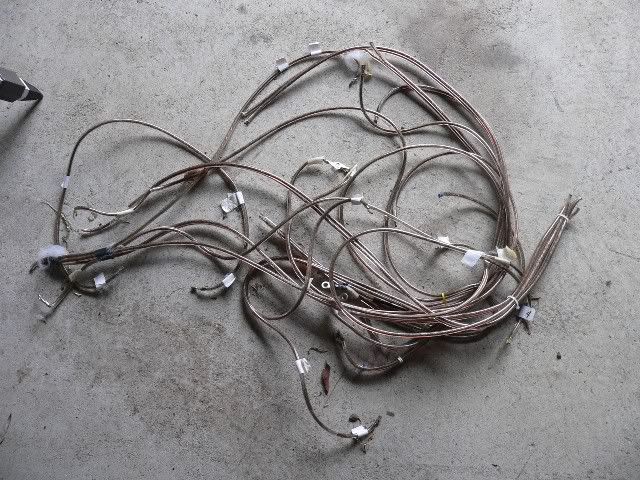
I recently acquired a pair of RS4.5's from the second owner of these speakers. These speakers had not seen much use over the years and most of the time had been put into storage because the original owner who bought these speakers in the late 70's early 80's had subsequently bought a set of RS-1's when they first came on the scene.
Of course over time the woofer foam surrounds had perished and all woofers had been refoamed. However the previous owner told me that he always thought they lacked bass so I took this into consideration when I got the speakers. I also noticed this lack of bass but sometimes this can be a room issue as well :scratch2:
Originally I suspected the large bipolar 2000 uF caps in the crossover may have gone low in value over time. First thing I did was to check the continuity of the voice coils on all of the woofers using an analog multimeter. Using the Rx1 range on the multimeter help me established that one of the Watkins 2 ohm voice coils on one of the woofers had been wired out of phase so that as one woofer pushed out the other pulled in. Needless to say this one speaker was never producing any deep bass at all :saywhat:
I unscrewed the offending woofer and noticed at one stage these speakers had been rewired with Monster Cable. Also the spade connectors terminating the wire had been soldered on rather than crimped on so when I went to reverse the woofer connections one of the spade connectors just fractured. I tried to re-terminate it and notice that when I stripped back the Monster cable the copper wire had oxidized considerably and I had to use a razor blade to scrape back to the bare copper. Things are not looking good here with this old cable :tears:

The old Monster cable had gone past it's use by date and had to be replaced because it had oxidized underneath the plastic sheath and could not be re-terminated.



